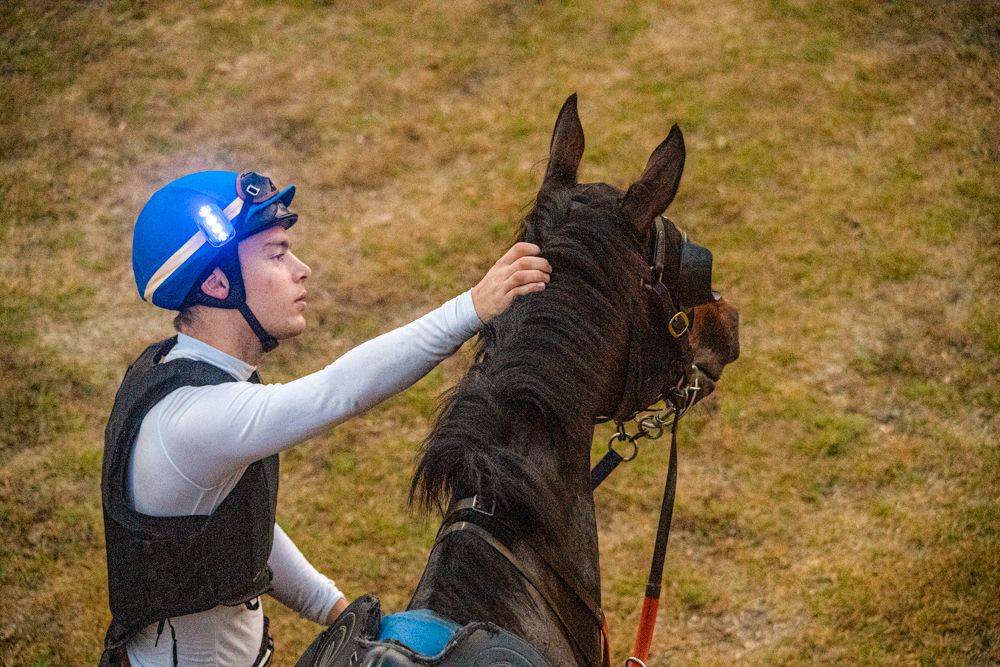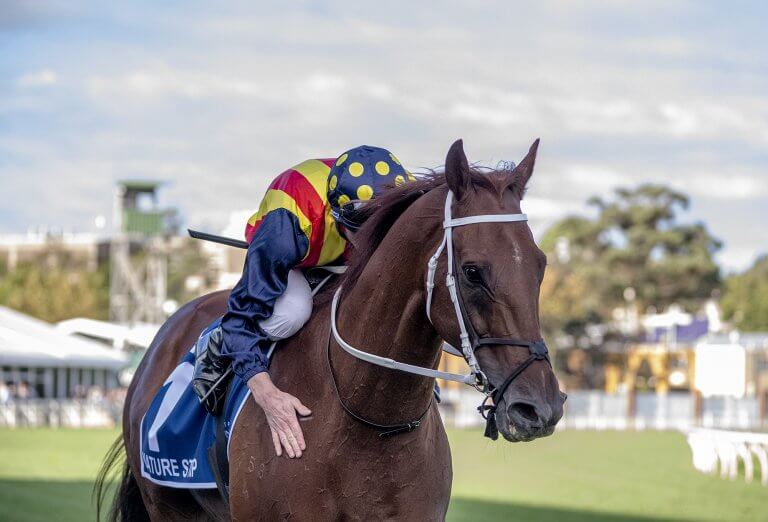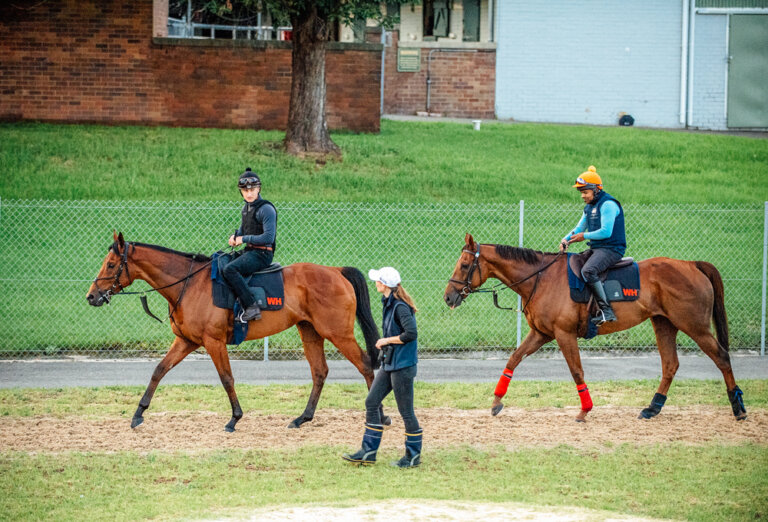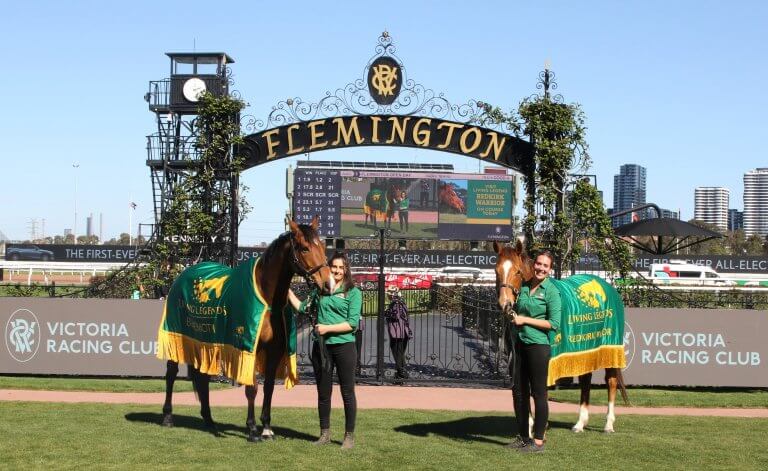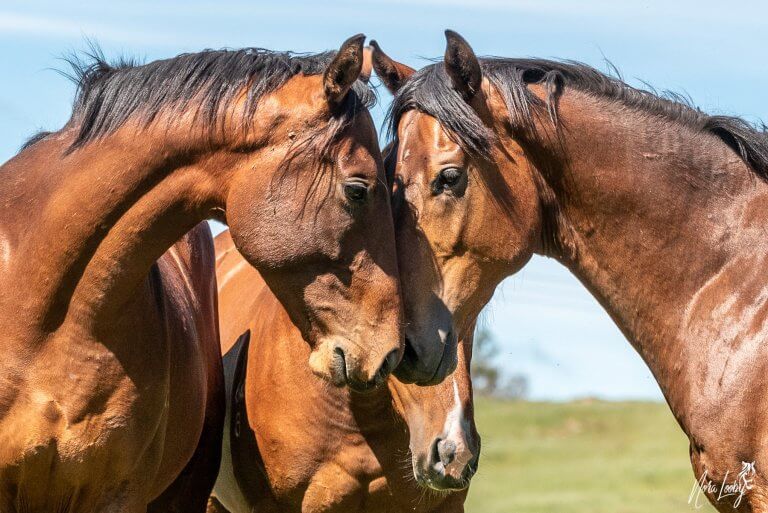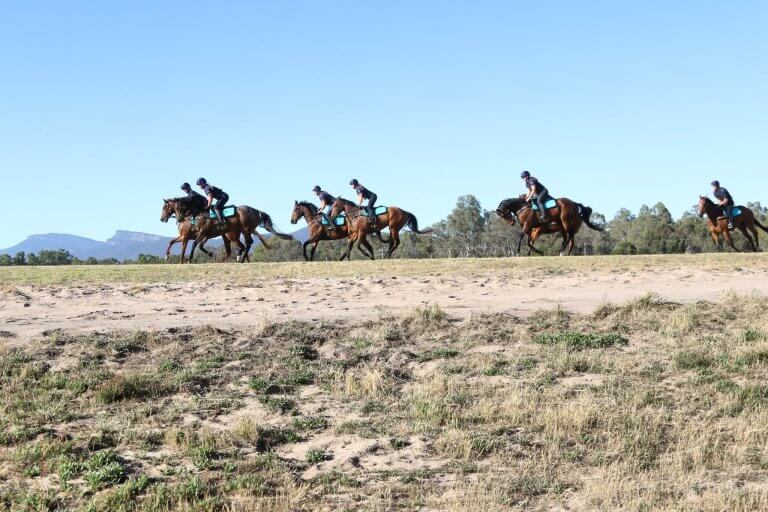Like any sport, the death of a participant - horse or human - is devastating for the entire community and wider industry
Fortunately, they are very rare in Australia, and, of course, we’re trying to eliminate them entirely. Whilst none of the state racing authorities nor the national body, Racing Australia, release figures on the number of fatalities that occur in races every year, there have been published peer-reviewed studies into raceday fatalities in flat races in Australia.
What does the research say?
… the Melbourne Cup rate is over 48 times the number of fatal limb injuries across all roughly 19,000 races in a typical year.
In the 2021/22 season there were 178,612 starters Australia-wide. If the fatality rate were to be extrapolated to this starter number, it would equate to 105 fatalities in races in Australia in a year. Previous estimates support the accuracy of this figure.
The Melbourne Cup has been an exception to this, with a fatality rate in the last decade 48-times higher than the industry average.
Given the public’s attention on racing is heavily weighted to this one race, it is easy to see how someone with no other exposure to horseracing can reach the conclusion that this is a normal occurrence that the industry accepts.
That’s why the Victoria Racing Club (VRC) and Racing Victoria stepped in with extraordinary safety protocols.
The vast majority of fatalities are associated with musculoskeletal injuries (it was 86.2% in this study), with fractures comprising just over half of the total figure.
Sudden athletic death, which includes heart attacks, account for a smaller percentage of fatalities on the racecourse, with various studies showing the number to be between 13-25% of racecourse fatalities.
Other causes of death
Fatalities can occur in training. Sometimes these are associated with training itself (i.e. displaced limb fractures), though often not. Colic is a term to describe abdominal pain and it’s something horses are particularly prone to, as they have a complicated digestive system. It can be caused by an impaction (blockage) or a twist in the intestine, and can occur randomly and unpredictably in all horses, not just racehorses.
Colic is a leading cause of death in horses – in general, it accounts for 28% of horse deaths. However, in this study, colic accounted for 8.4% of deaths of racehorse in-training, which is probably a reflection of how well-managed racehorses are compared to the general horse population in Australia. ‘Raced to death’ is the sort of term that anti-racing groups like to use, but the reality is that deaths in horse racing are very rare, so rare in the case of cardiac failure that the causes can’t be determined.
